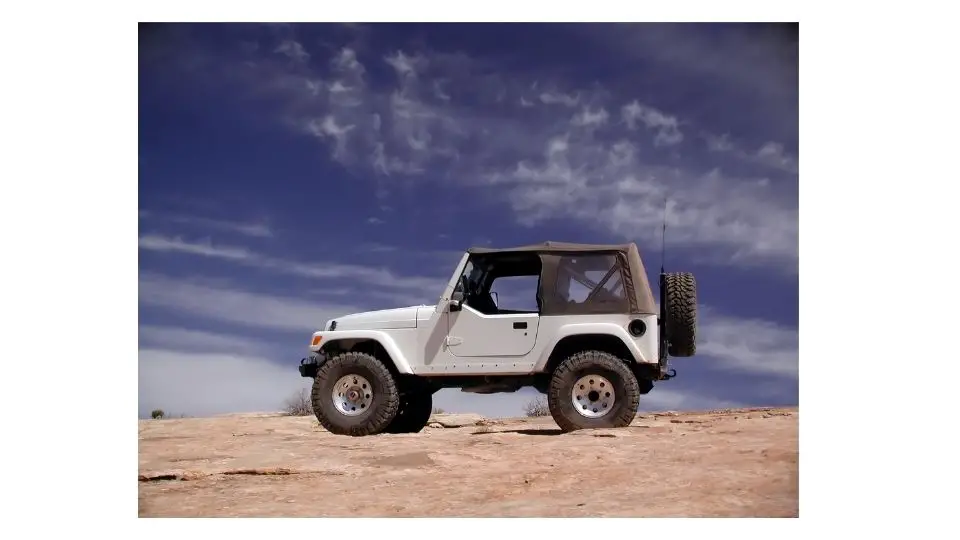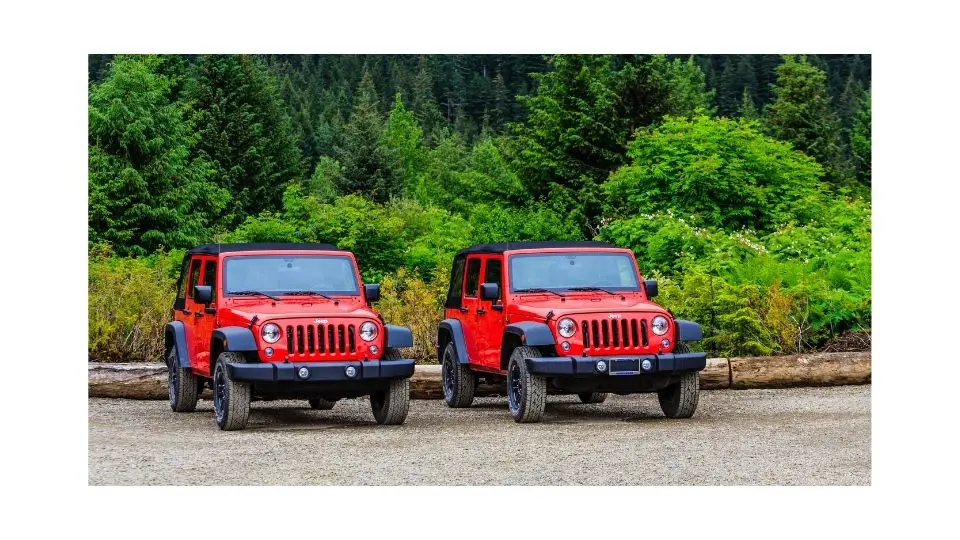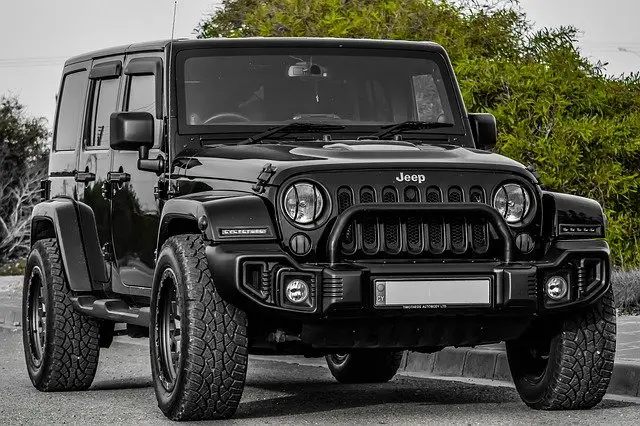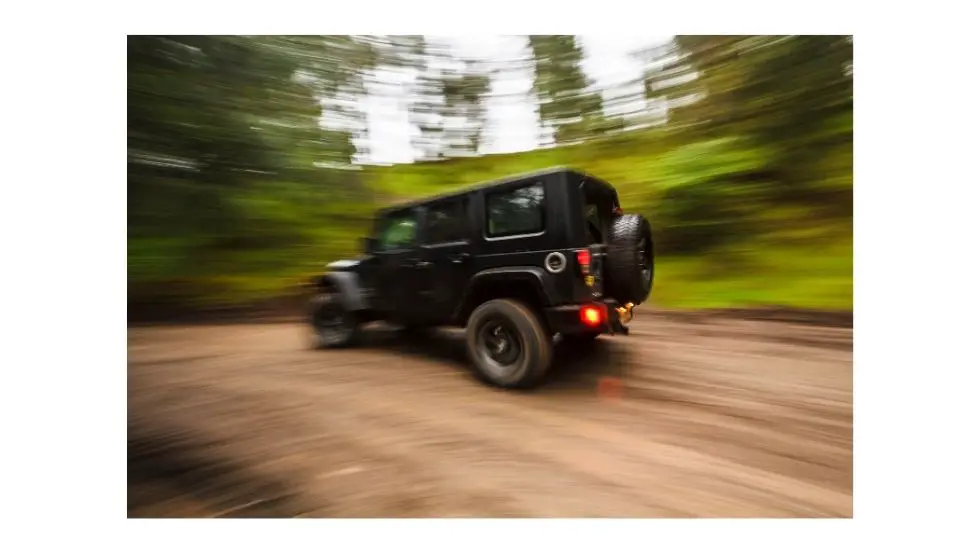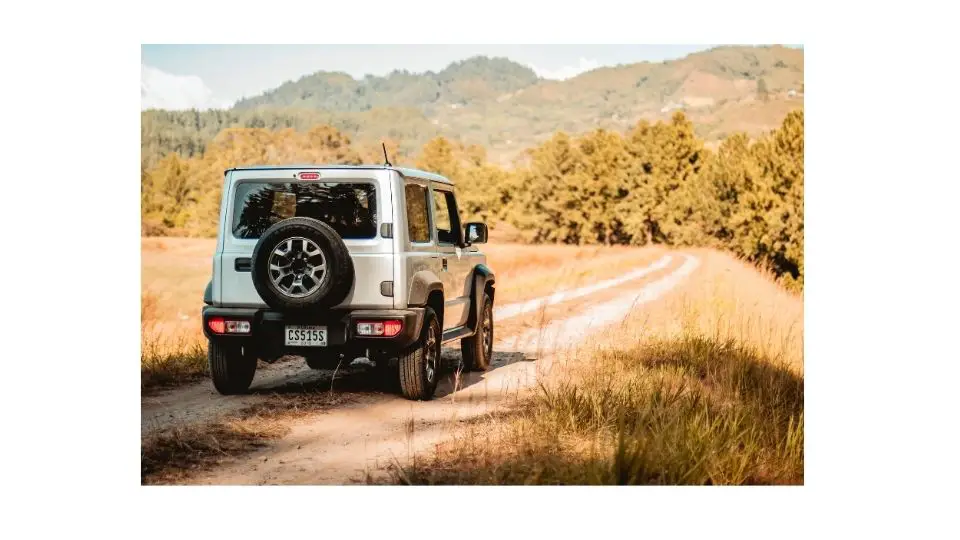Ever wondered what the TJ in Jeep TJ stands for? If you have, you are actually not alone. Many Jeep enthusiasts and owners have and still wonder the same thing. In this post, you are going to get an understanding of what it means.
In short, the TJ in Jeep represents the chassis number that Jeep attaches to Wrangler’s manufacturers between 1997 and 2006 as an identifier. If you do a Google search on the meaning of TJ in Jeep, you will find numerous, sometimes hilarious meanings that people attach to Jeep TJ like True Jeep, the fact of the matter is that none of these names are right.
When it comes to Wrangler models, only the CJs and YJs names are actual acronyms meaning Civilian Jeep(CJ) and Yuppie Jeep (YJ). The CJ was the first to be sold to the public after the Jeep had made a great impression in military use.
A Brief History of the Jeep Wrangler up to the TJ
The first-ever Jeep was the Willy Jeep which came out during the war in 1941. It was built for military use and was used a lot during the war. After the war in 1945, the CJ (Civilian Jeep) was introduced to the market.
It was the first Jeep to be introduced to the mass market targeting farmers and construction workers. After the success that the Willys Jeep experienced during the war, it met even greater success with the general public.
The CJ had 14 different models from the CJ-1 to CJ-10A. It ran all the way up to 1987 when the YJ was introduced. The YJ was the first Jeep to be branded a Wrangler. It came with some key changes. For starters, it had a longer wheelbase than its predecessor.
It came with distinguishable square headlights, moving away from the round lights that the CJ had sported for decades. It also had a more rigid chassis and wider leaf springs meaning it became a stronger, more stable Jeep. The YJ is what really took the Jeep Wrangler mainstream.
Instead of focusing on the traditional Jeep enthusiasts or those who had a use for utility vehicles, the Wrangler was the first Jeep to gain wide acceptance with everyday drivers who wanted something that looked great and could be used as an everyday driver.
It was far from the most ideal daily driver with its less than ideal fuel economy as well as limited storage space but it made quite the impression on the market. Production of the YJ ran from 1987 to 1996 until the TJ was introduced in 1997.
The major difference was the movement from leaf to spring suspension. The TJ offered greater articulation which was great news for the hard-core off-roaders. That combined with a slightly longer wheelbase gave the TJ better performance in rough off-road terrain. The TJ was also the first to introduce the Rubicon model. The Rubicon is the most capable Jeep in off-road conditions.
Earlier Jeep models had to be modified in order to give them the better hardcore off-road capability. The Rubicon came ready straight from stock. It came lifted with big tires as well as skid plates among other things. Just like on the YJ, the TJ came with a 2.4L engine as well as an optional 4L upgrade.
All in all, the TJ was the most capable Jeep up to this point. They offered a lot more to the avid off-roaders. The move from leaf suspension to spring suspension gave the TJ a greater advantage over previous models. It was better suited to more treacherous terrain.
TJ or YJ
This is a debate that has raged on for quite some time among Jeepers who say that barring the suspension, they really are the same. If you are to buy a used Jeep, the difference between the TJ and YJ can be as much as $3,000 to $4,000.
If you have fabrication skills, you can change out the leaf suspension and install spring suspension. With $3k to $4k extra, you can do that and other modifications and have change left over. After all the mods, you can have more or less the same capability goes the argument.
The truth of the matter though is that even after the suspension change, you will not get as good the articulation on the YJ as the TJ but it’s a whole lot better than the leaf spring that’s for sure.

